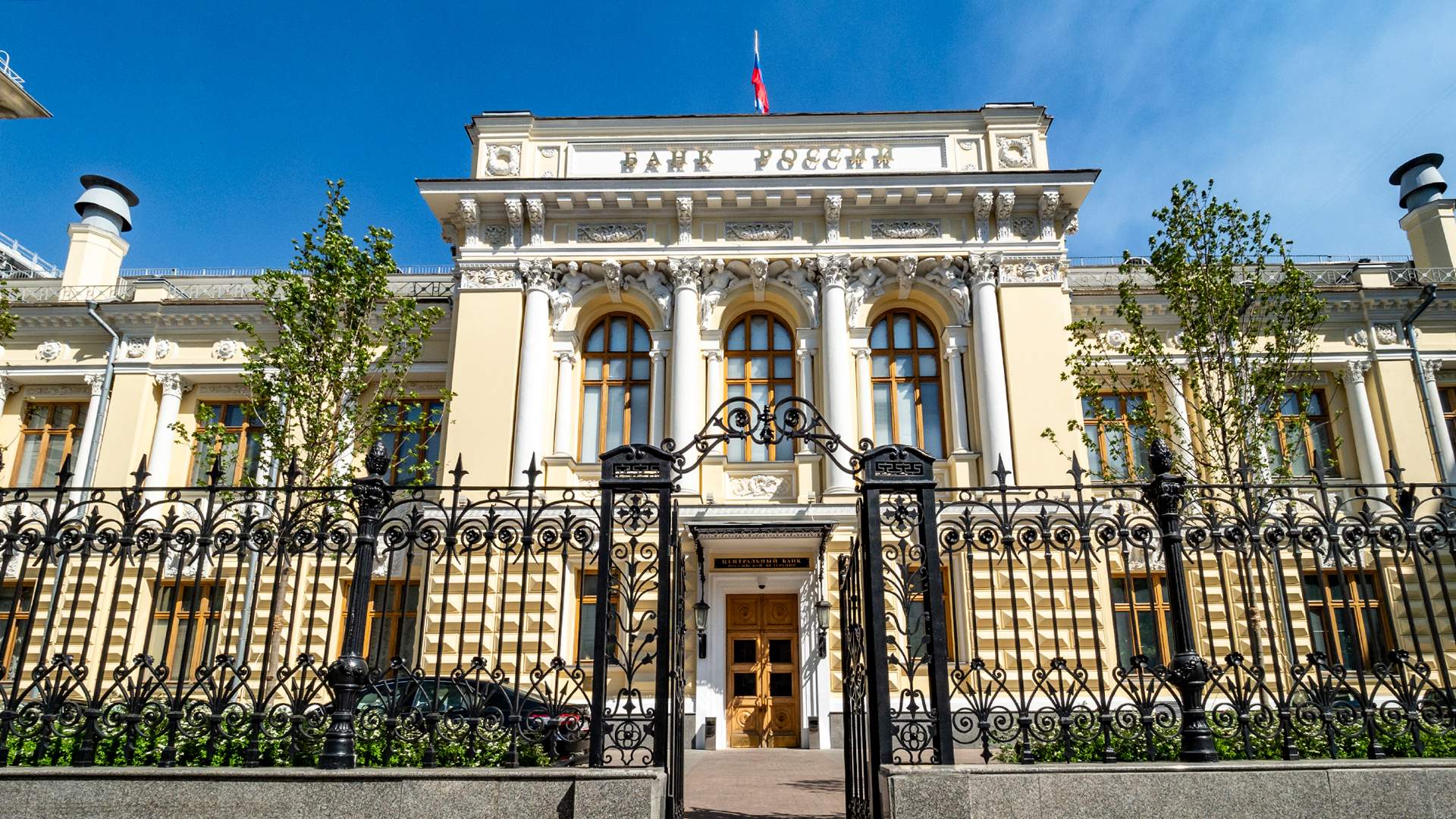Minus to plus: banks will lower loan rates after the Central Bank's decision

After reducing the key rate to 20% at the Central Bank meeting on June 6, banks will adjust interest rates on loans and deposits. This was reported to Izvestia by credit institutions. Unexpectedly for the market, the regulator decided to ease monetary policy for the first time in three years and lowered the rate from the record high level at which it had been for six months. As explained in the Central Bank, inflation slowed sharply in the spring, imported goods are even cheaper due to the strong ruble, and the labor market situation has returned to normal. However, it is too early to take more decisive steps. How the key rate will continue to behave is in the Izvestia article.
The Central Bank's key rate decision on June 6, 2025
The Central Bank lowered the key rate by 1 percentage point to 20% at a meeting on June 6. Prior to that, the rate had been at a record high of 21% for more than six months, starting in October. Thus, there was a turning point in the cycle of monetary policy tightening, which began back in 2023. And the last time the Central Bank decided to lower the rate was three years ago, in 2022.
The Central Bank cited a sharp slowdown in inflation in April as the main argument in favor of its decision. According to the regulator, the price increase decreased to 6.2% year-on-year after an average 8.2% in the first quarter.
Moreover, the Bank of Russia believes that all this is due to the tight monetary policy. Due to high loan rates, people are saving more and buying less, which equalizes supply and demand, the Central Bank said in a release.
Another consequence of high inflation is a strong ruble. Since the population does not take loans for imported goods, the demand for foreign currency within the country is decreasing, and the national currency is strengthening.
— Along with cooling demand, this affected the price dynamics in the non-food segment. As a result, many household appliances, electronics, televisions, vacuum cleaners have hardly changed in price or even fallen in price over the past year," said Elvira Nabiullina, head of the Bank of Russia, at a press conference following the meeting.
At the same time, according to her, food prices are also slowing down. For example, milk and eggs have stopped going up in price, though after price spikes in previous periods. The cost of greenhouse vegetables is decreasing atypically quickly for this season, but in the meat group the pressure is increasing. In services, the rate of price growth remains high. Here, demand is still more determined by the dynamics of household incomes than by the dynamics of credit, the head of the Central Bank added.
Another positive signal for the regulator is that the labor market situation is returning to normal. The share of enterprises experiencing staff shortages continues to decline. More and more industrial companies are reporting full staffing levels, as well as reducing the number of work shifts, Elvira Nabiullina said. At the same time, according to surveys, companies maintain plans for a more moderate salary indexation in 2025 compared to 2023-2024.
But at the same time, market rates are still quite high, and although the economy is slowing down, it is growing faster than its balanced pace. That is why the key rate was not sharply reduced.
How will deposit and loan rates change?
A decrease in the key rate will provoke a further gradual decrease in mortgage and loan rates, Dmitry Gritskevich, head of Banking and Financial Market Analysis at PSB, expects. Accordingly, the availability of both consumer loans and mortgages will increase, confirmed Dmitry Golubkov, Director of Macroeconomic Analysis at OTP Bank. He also noted that a slight decrease in interest rates on loans to citizens was outlined back in January 2025.
— The average interest rate on loans to individuals in rubles for up to a year in early January was at 32.7%, but by the end of March it had dropped to 28%, — Dmitry Golubkov specified.
Banks will also continue the cycle of reducing deposit rates, which began in recent months, added Anna Zemlyanova, chief analyst at Sovcombank. As Izvestia wrote, at the end of May, nine of the top 10 credit institutions lowered deposit rates - the average yield dropped to its lowest levels since August 2024, below 19%.
Business has prepared for a reduction in the key rate and a softening of the signal, says Daniil Petukhov, Associate professor of the Department of National Economics at the Presidential Academy. Inflation will inevitably stop slowing down, which has been observed in recent weeks.
However, in order to significantly support the economy, the reduction in the key rate should be more significant, it should approach the level of 14-15% per annum, added Dmitry Golubkov from OTP Bank.
What will happen to the key rate in 2025
— It takes at least three quarters for the rate to be fully translated into the economy and inflation. This means that, taking into account inertia and lags, our previous decisions will continue to reduce inflation. In an environment where the balance is still shifted towards pro-inflationary risks, our approach to lowering the rate suggests caution," Elvira Nabiullina said at a press conference.
She clarified: the Central Bank can pause between steps. And if inflation stops decreasing or even returns to growth, the head of the regulator did not rule out a new transition to raising the key rate.
Sberbank expects the Central Bank to continue the rate cut cycle. Igor Rapokhin, senior debt market strategist at SberCIB Investment Research, predicts that the Bank of Russia will reduce it by an additional 1 percentage point in July. And by the end of the year, the key rate may drop to 17%.
Переведено сервисом «Яндекс Переводчик»
